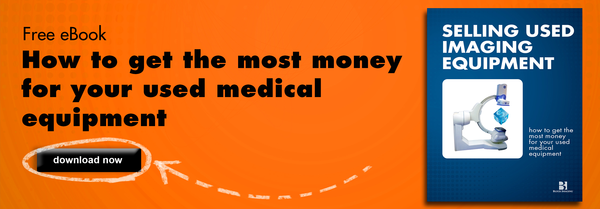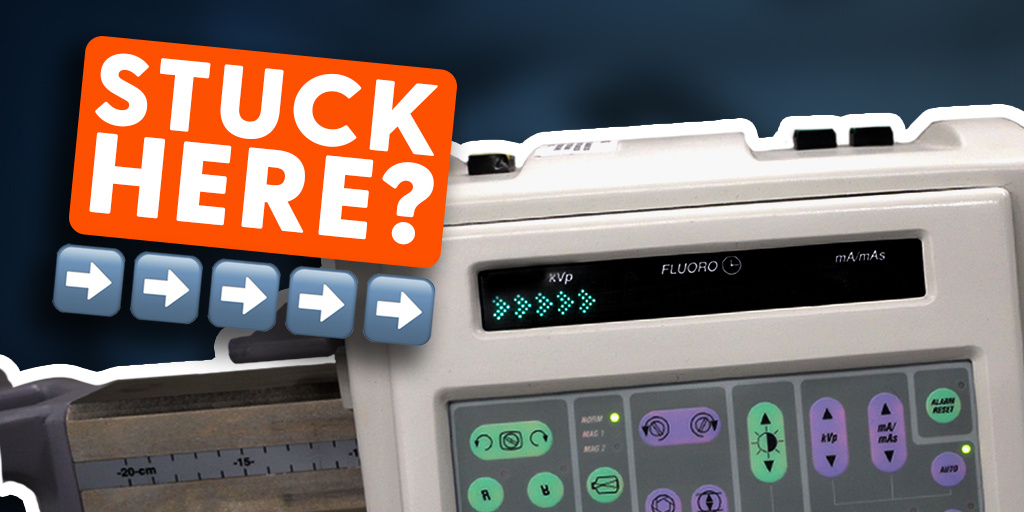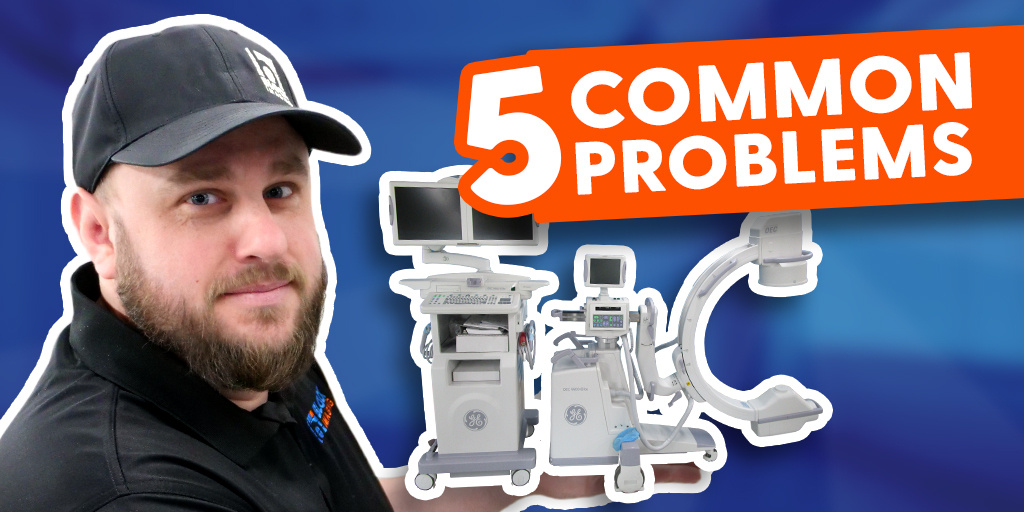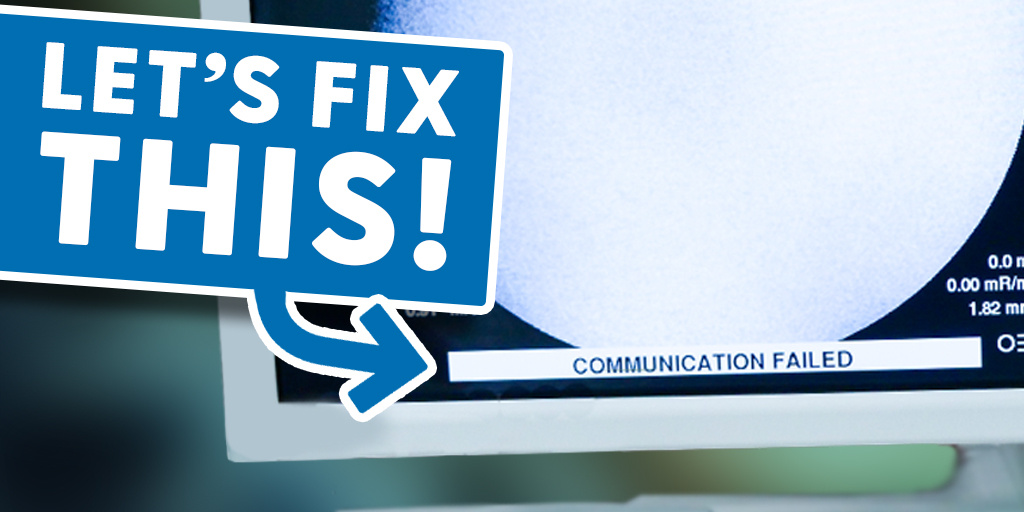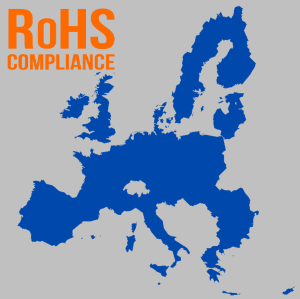
February 22, 2016 : 2 min read
RoHS Compliance: What It Means for Used Equipment
If you deal with medical imaging equipment and Europe, you’ve probably heard of RoHS, and if you haven’t yet, you should do your homework, because it could mean big changes in the way you do business. RoHS stands for “Restriction of the Use of Hazardous Substances in Electrical and Electronic Equipment.” It’s the latest directive from the European Union that is meant to reduce the presence of certain substances found in all types of electronics in EU member countries. Lead, mercury, and several other materials fall under the RoHS (pronounced row-haas at the cocktail parties) directive.
The directive became official in 2011 and, since that time, has rolled out into the various categories of electronics based on its internal schedule. For medical devices, the compliance date was June 22, 2014. From that date on, all medical devices, new and used, entering the European market which, for this directive, includes the EU, Iceland, Liechtenstein, Norway, Switzerland, and Turkey, must not have any more than the acceptable amounts of the restricted substances. Click here to see all 23 pages of the actual regulation.
The next logical question is which devices comply and which don’t, right? Sure but, unfortunately,your guess is as good as ours. Unless you are the manufacturer of a device, you probably don’t know. Our suspicion is that many OEMs don’t know or don’t care about their pre-2014 models anyway. They seem to be treating all their existing systems as non-compliant. Given the obvious incentive to do so, this is not surprising.
Here is what we do know: Major manufacturers are no longer providing declarations of conformity (DOCs) for their pre-compliance date systems. A DOC is usually needed for a device to clear customs. They act as the manufacturer’s promise that the system is in compliance with all sorts of regulations (including RoHS). Without these DOCs, a given system will probably be denied entry into the EU.
For systems already in the EU, this is no major thing, but if you are trying to import a system, this could be an issue, so be sure to double-check for compliance with any dealer you work with. For companies that deal on the secondary market, it could be a game changer. Systems that are already in Europe may see their value increase because it will be more difficult to replace them with imported systems. The industry may also see fewer exports of European systems as companies try to maintain a local and compliant supply.
What we know for sure is that business must go on down the seemingly ever-more-complicated path set by regulations and economic changes and that those who navigate these new challenges the best will succeed.
I’d welcome any differing or additional information in the comments. New information about how these regulations are being implemented is still emerging and we’d love to hear how you are dealing with the changes. If you're looking for a system right now, use the button below to view a complete list of compliant systems we have available in Europe.

Adam Desjardins
Adam Desjardins a Quality and Risk Manager at Block Imaging. Adam represents the company in negotiation, contract review, and litigation. Adam works out of San Diego, CA where he lives with his wife and son. He spends his free time remodeling his home and tinkering with his ’67 Ford Mustang.



